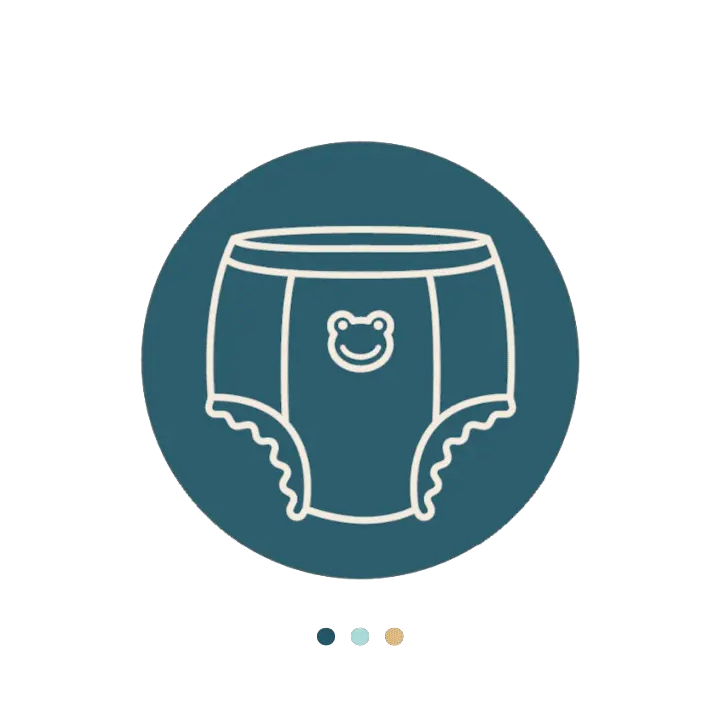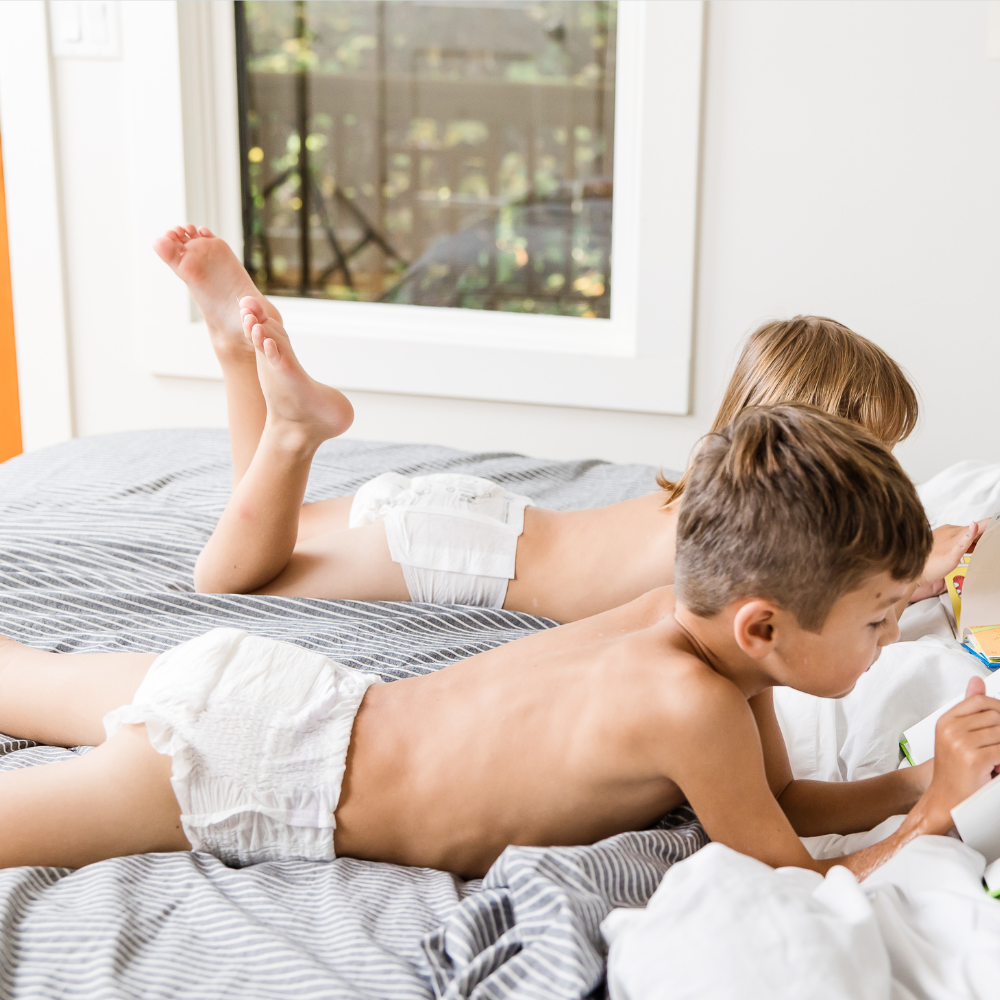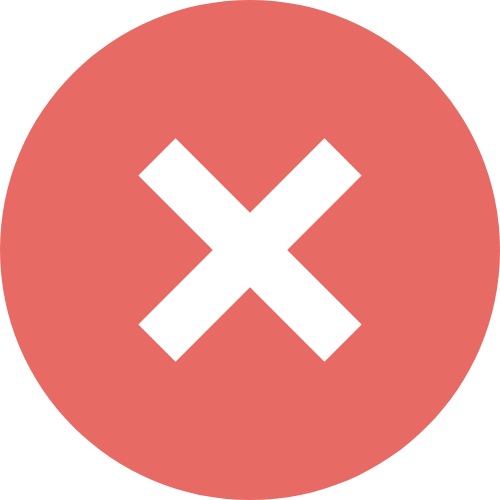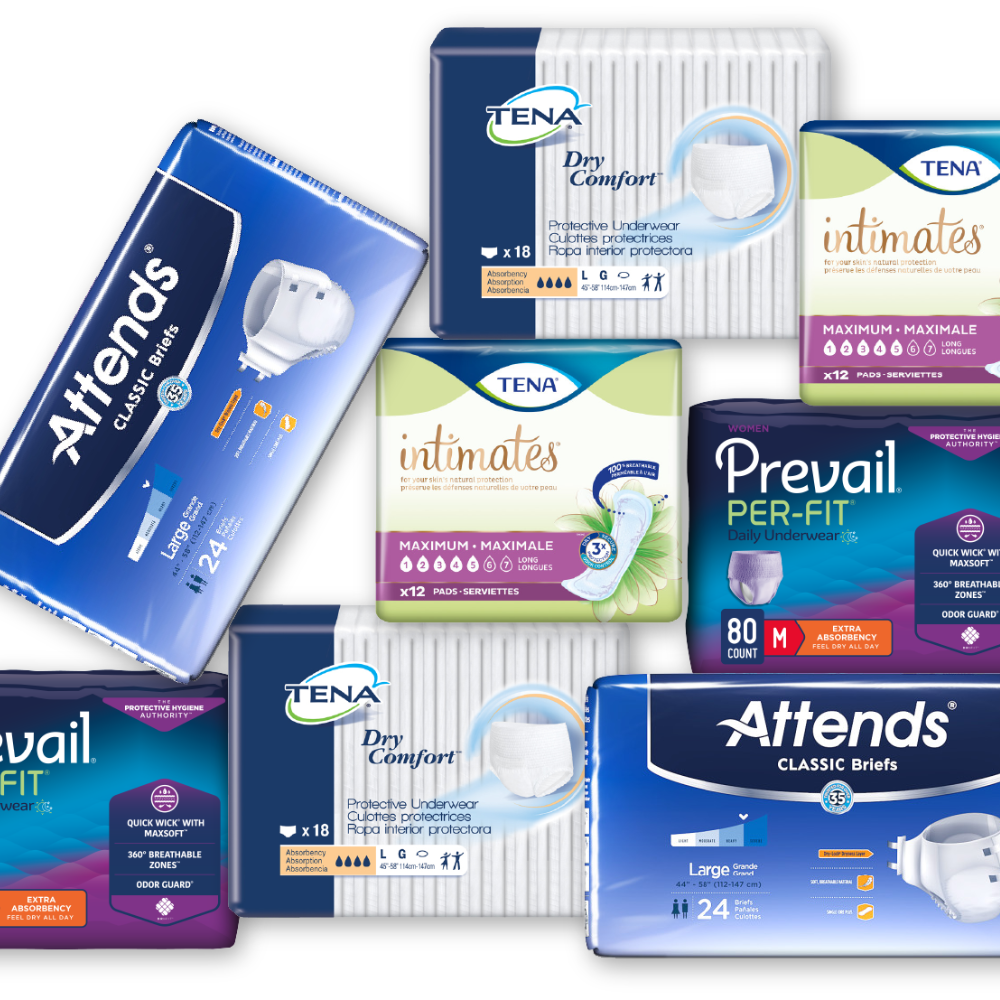What Are Pediatric & Youth Pull-Ups?
Pediatric pull-ups, also called incontinence pull-ups, are disposable pull-ons for children ages 3 or 4 and up (depending on your state’s Medicaid coverage) who may have special needs and incontinence or may be learning to use the toilet.
They are designed to look and feel like real underwear and can be used as potty-training pants.
Youth pull-ups are made for big kids with incontinence. Similar to pediatric pull-ups, they are single-use products made for children who have incontinence or are learning to use the restroom by themselves. However, unlike pediatric pull-ups, youth pull-ups are made in larger sizes to fit big kids.


















